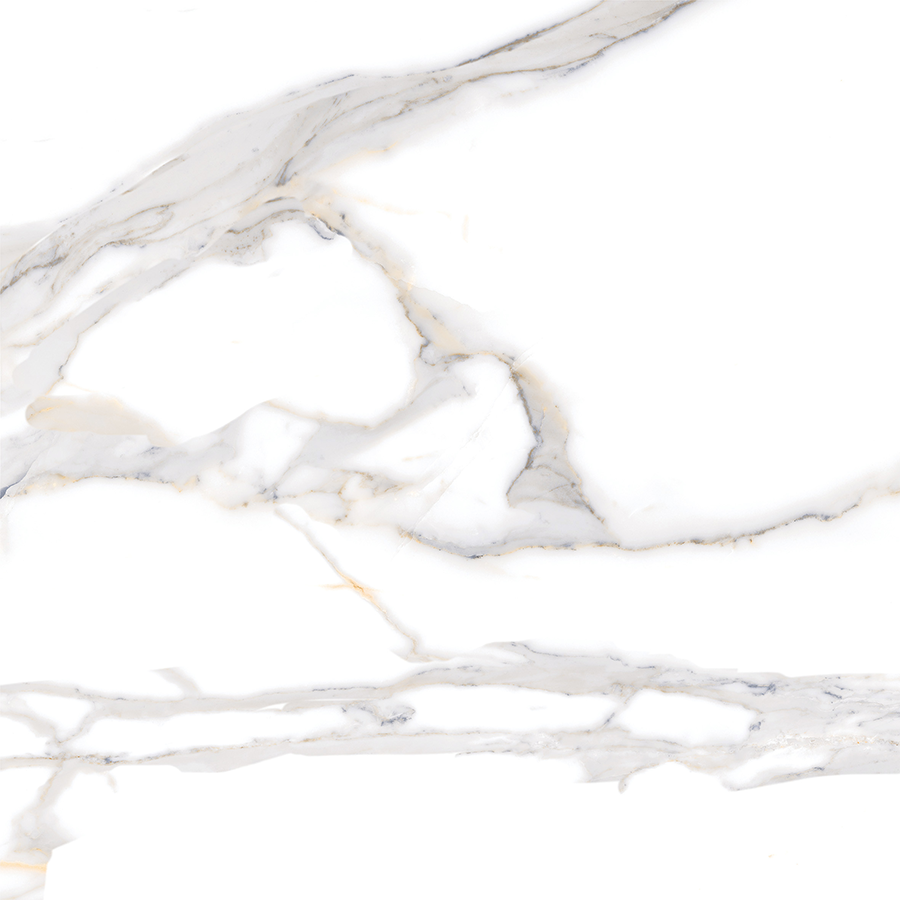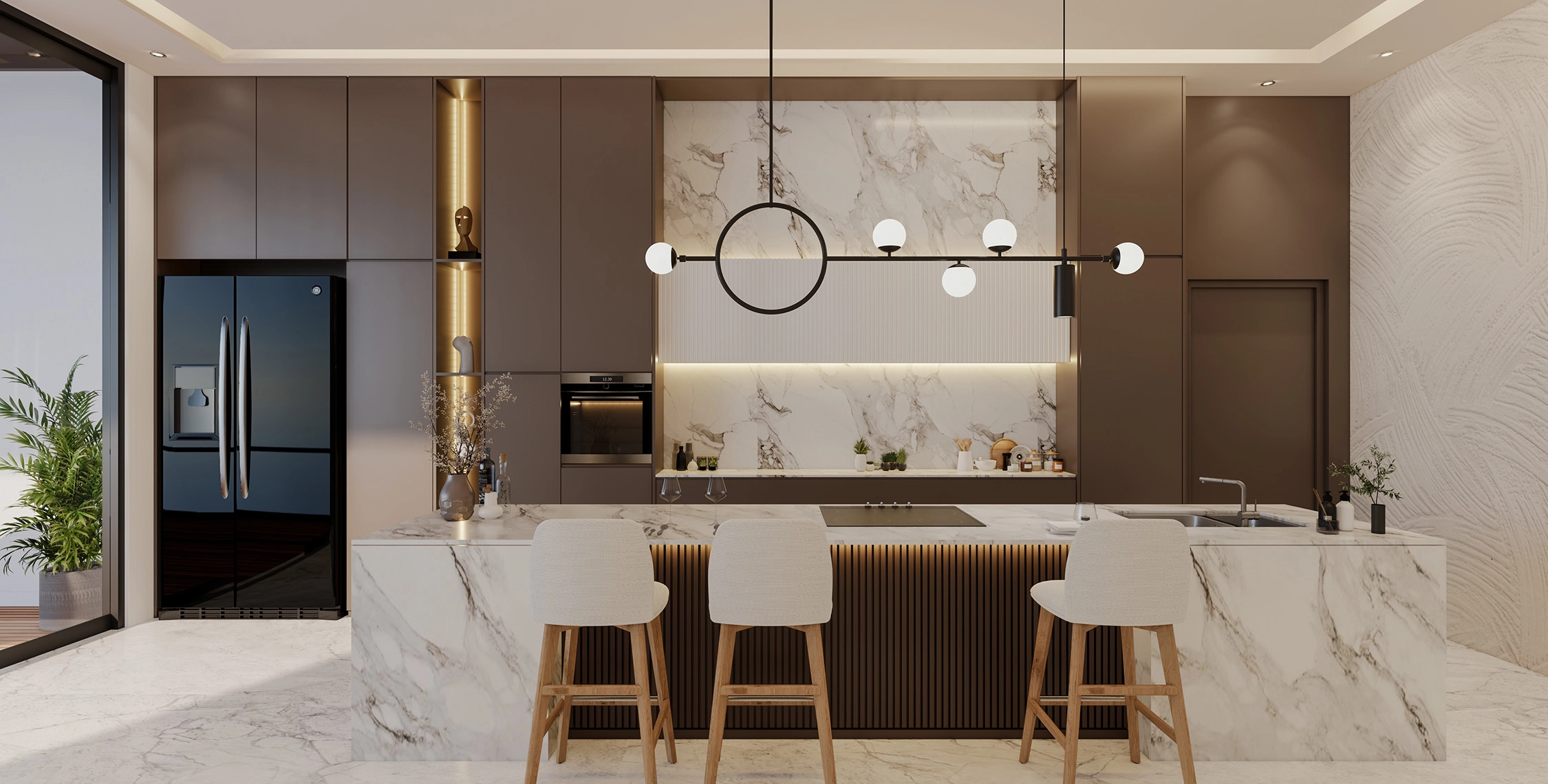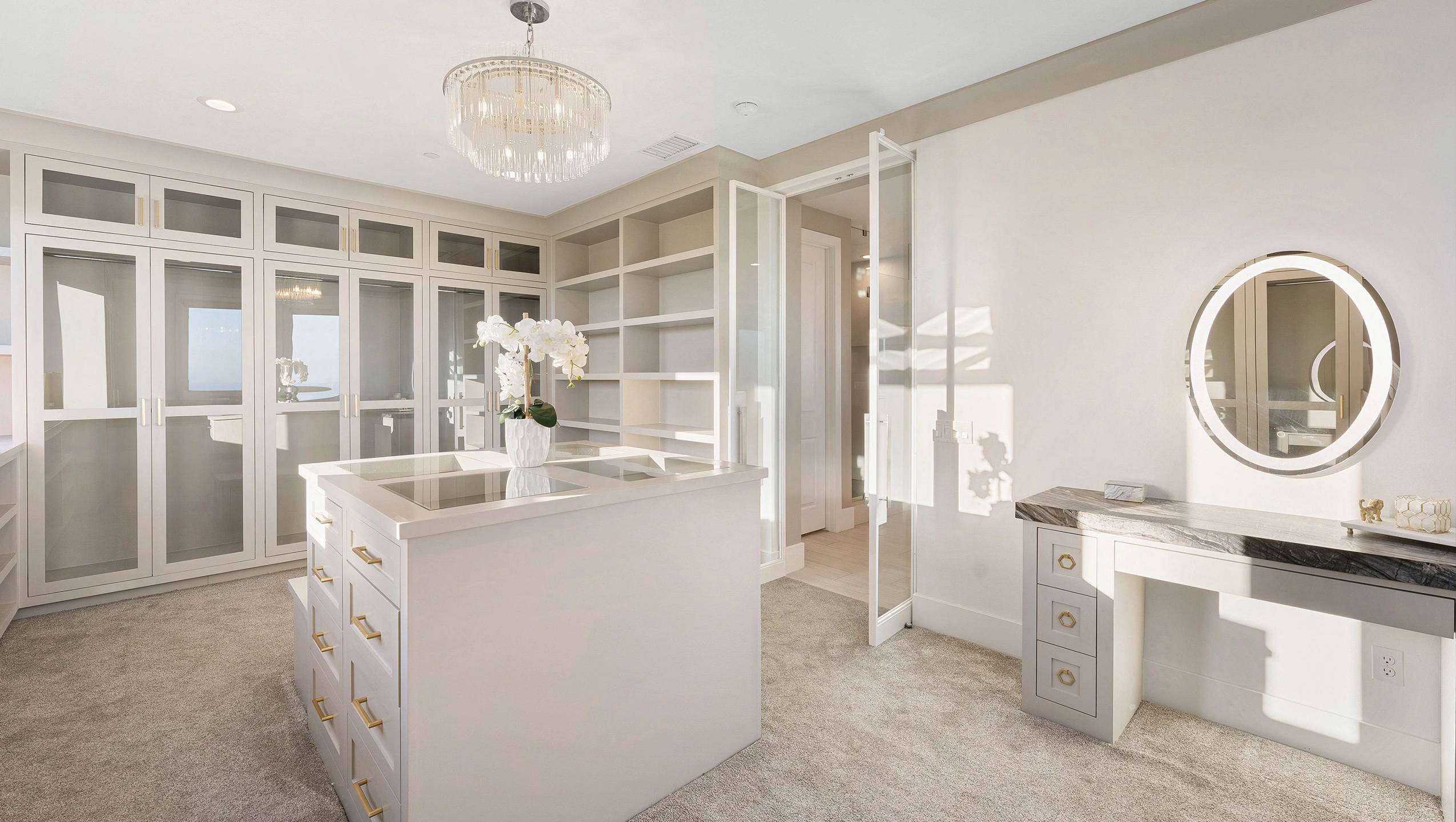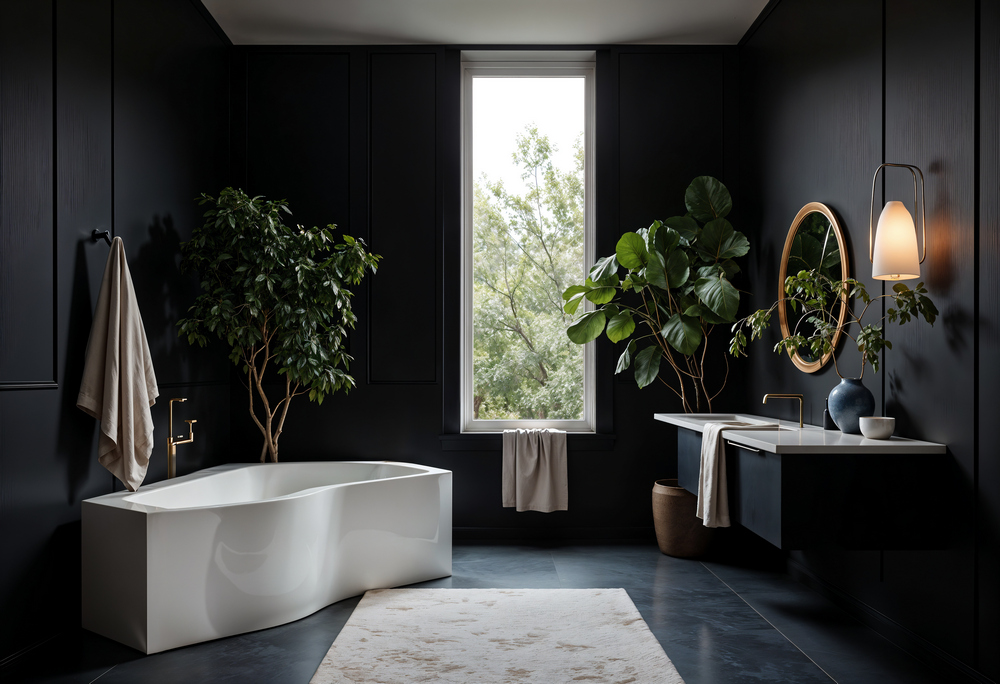Getting to Know Granite and Marble: Differences, Advantages, and Drawbacks
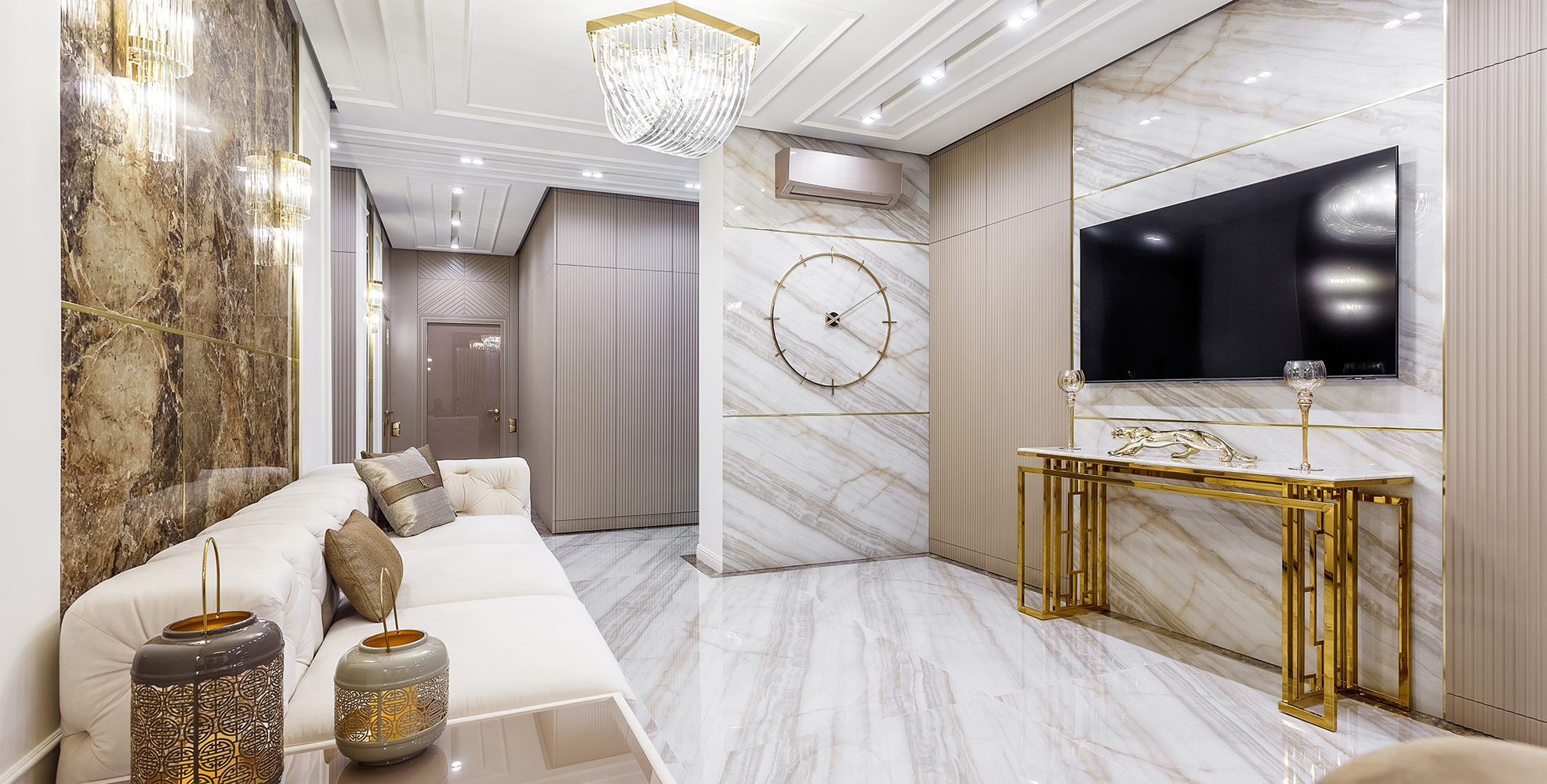
Photo By
Granite and marble are natural stones commonly used in construction and interior decoration. Known for their elegant and captivating appearance, these materials are top choices for various projects. Despite often being perceived as similar, each has distinct characteristics and benefits.
This article delves into the differences between granite and marble, highlighting their advantages and drawbacks to help you choose the most suitable material for applications like walls, floors, or countertops.
Differences Between Granite and Marble
The metamorphic transformation of limestone under high pressure and temperature produces a stone with a smooth texture and distinct veining, resulting in the elegant sheen known as marble. Marble is a favorite for luxury interior designs and is available in a wide range of colors and patterns. Additionally, it is more eco-friendly compared to synthetic materials. However, marble has several drawbacks, such as being prone to scratches, stains, and chemical damage, requiring specialized care. Its relatively high cost and susceptibility to cracking or breaking more easily than granite are key considerations before use.
Conversely, granite is an igneous rock formed from cooled magma and is composed of quartz, feldspar, and mica minerals. Renowned for its durability, granite can withstand loads of up to 300 kg/cm² and resists scratches and stains. It is commonly used for flooring in kitchens and bathrooms, offering a luxurious and visually appealing finish. While granite is easy to maintain and waterproof, it tends to be more expensive than other materials, and its installation demands expertise and a robust supporting structure.
Granite and marble are often the top choices for interior decoration or construction materials. Both are valued for their beauty and strength but differ significantly in characteristics. Understanding these differences is crucial for determining which material best suits your needs. Below is a detailed overview of the advantages and disadvantages of each to help guide your decision.
1. Advantages and Characteristics of Granite
Renowned for its durability, granite forms from magma cooling beneath the Earth's surface. The slow crystallization process produces its signature interlocking grain texture, making it exceptionally strong and resistant to scratches, abrasion, and heat. Its mineral composition—primarily quartz, feldspar, and mica—creates diverse patterns and colors with a rugged yet elegant appearance. With low porosity, granite resists stains and moisture, making it ideal for high-activity areas such as kitchens, flooring, and outdoor applications. Maintenance is straightforward, requiring only regular cleaning to preserve its appearance.
2. Beauty and Properties of Marble
Marble exudes unmatched aesthetic charm, with its unique veining and smooth surface adding a luxurious touch to any space. Formed through the metamorphic transformation of limestone under high pressure and temperature, this material is softer and more prone to scratches and stains. Its glossy finish and wide color palette, ranging from white to black, provide an elegant look ideal for formal interiors. However, regular maintenance, including polishing, is essential to retain its beauty, especially in areas with minimal heavy use or potential for scratches.
Granite vs. Marble: Which Is More Expensive?
The cost of these materials varies depending on quality, pattern, and source. While granite can be expensive, it is often more affordable than high-quality marble, which is generally pricier due to its more complex production process. Considering these factors, you can select the material that best suits your budget and design needs.
Key Factors to Consider
Before deciding between granite and marble, consider several key factors. First, identify the material's purpose and usage requirements. Granite is better suited for frequently used kitchens, while marble is ideal for living rooms or formal areas where an elegant impression is desired. Next, align your choice with your budget by comparing material and installation costs. Lastly, factor in the desired design style—granite offers a modern look, whereas marble exudes a classic and luxurious ambiance. By considering these considerations, you can select the material that best fits your needs and room aesthetics.
Choosing between granite and marble is a significant decision. Understanding their differences and advantages allows young adults and professionals to make the right choice. Don’t forget to explore Magia’s premium products, which combine exceptional beauty and quality. Hopefully, this article helps clarify the distinctions between granite and marble!
Popular Collections
